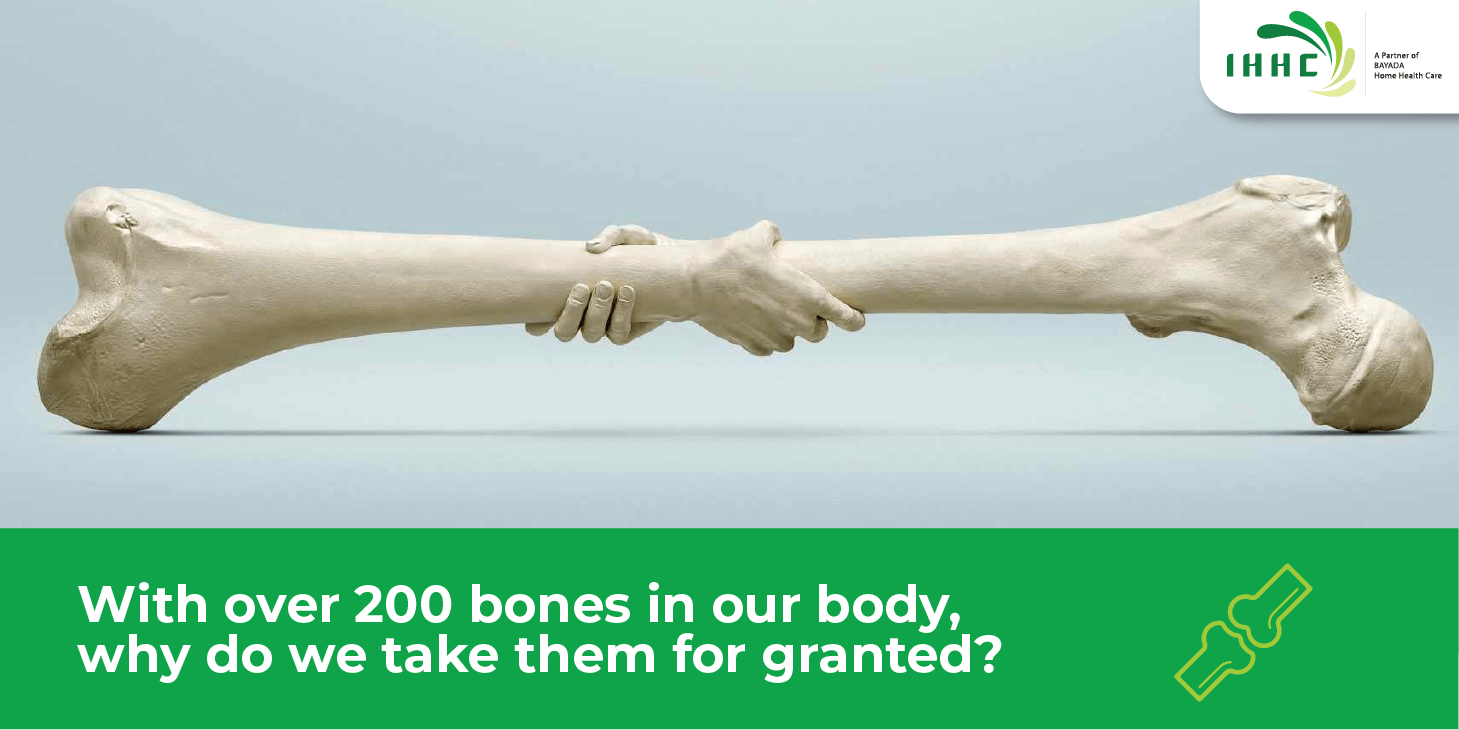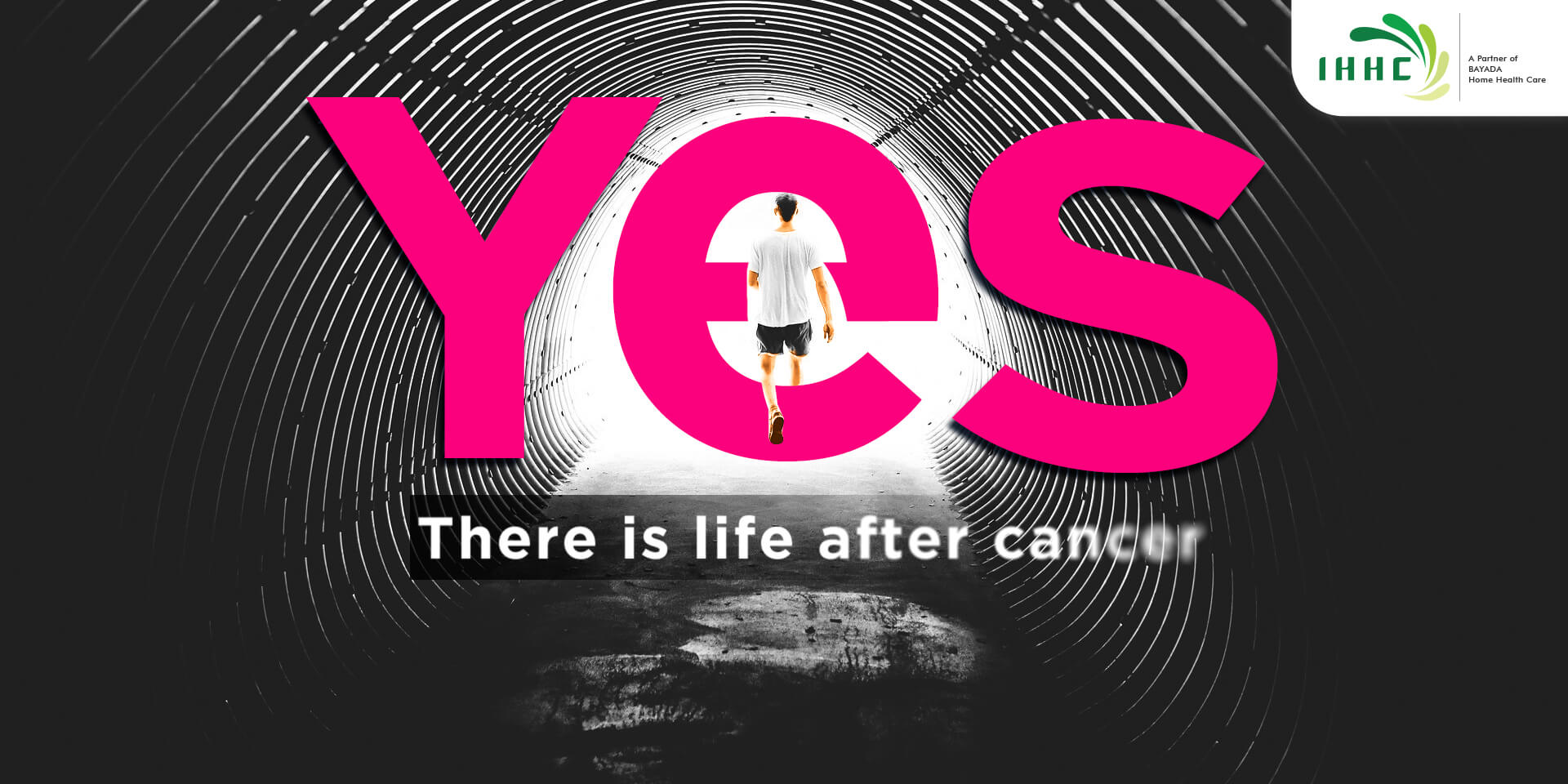Is there a need for home healthcare in India?
According to Wikipedia, “Orthopaedic surgery or orthopaedics…is the branch of surgery concerned with conditions involving the musculoskeletal system. Orthopaedic surgeons use both surgical and nonsurgical means to treat musculoskeletal trauma,
spine diseases, sports injuries, degenerative diseases, infections, tumours, and congenital disorders.”
As we evolved from mammals walking on all fours, to two legged ones walking upright, we put more and more physical stress on our musculoskeletal system – pushing those 200 bones to lengths they were genetically not designed to do. And therein lies the problems we all suffer from nowadays… The history of mankind is replete with health problems that affect our bones – especially those that affect the neck, back and legs.
The ripple effect of evolution on our bones
"When our earliest ancestors started walking on two legs, they took the first steps toward becoming human," said lead researcher Michael Sockol of UC Davis, Jul 20, 2007. According to Sokol, “Fossil and molecular evidence suggests the earliest ancestors of the human family lived in forested areas in equatorial Africa in the late Miocene era some 8 to 10 million years ago, when changes in climate may have increased the distance between food patches. That would have forced early hominids to travel longer distances on the ground and favoured those who could cover more ground using less energy.”
According to the Smithsonian’s Science/Nature magazine (Aug 6, 2012), “It's not until the emergence of H. erectus 1.89 million years ago that hominids grew tall, evolved long legs and became completely terrestrial creatures. While the timeline of the evolution of upright walking is well understood, why hominids took their first bipedal steps is not.”
Injuries and chronic conditions affecting the spine and legs
According to the Smithsonian’s Science/Nature magazine (Aug 6, 2012), “It's not until the emergence of H. erectus 1.89 million years ago that hominids grew tall, evolved long legs and became completely terrestrial creatures. While the timeline of the evolution of upright walking is well understood, why hominids took their first bipedal steps is not.”
Pain in the lower back can and does affect people of all ages, shapes, sizes, races and occupations. According to Kimberly Plomp (a human evolution researcher in the Department of Archaeology at Simon Fraser University), “there are many different factors, including human evolution that could influence whether someone is going to develop pathologies that would lead to back pain.” Plomp goes on to explain that the “’rapid” evolution of humans' ability to walk on two legs may have a significant impact on human health. The gain of humans walking upright might have come with its own set of pain – namely in the lower back.”
Looking after your bones is the need of the hour
Most of us are aware of the pain, lack of mobility and psychologically debilitating impact on our musculoskeletal framework after an accident, illness, disease, post-surgical after- effects or just from the various issues that come our way as we age. Other than medical interventions, one of the key methods of getting you back to better physical shape and psychological equilibrium is through physiotherapy.
A physiotherapist uses a range of manipulation, massage techniques, electrical therapies and exercise - to heal and restore movement. They treat:
- Back and neck pain
- Sciatica
- Arthritis
- Swelling in the joints
- Repetitive strain injury
- Sports injuries and cartilage
- Ligament and tendon damage.
While most of these may not directly impact our skeleton, they do involve a range of muscles, tendons, ligaments and nerves that are attached to the bones of our bodies. These are what the physio treats and aims to heal.
Trained and experienced physiotherapists can put you on the road to recovery faster, through personalized attention and treatment. Specialists can help to manage your pain, improve stability, strengthen muscles and maintain balance and movement. Qualified and experienced physiotherapists can help you in your recovery and rehabilitation process through physiotherapy treatment that suits your needs the best.
Types of physiotherapy
- Orthopedic physiotherapy
- Neurological physiotherapy
- Sports physiotherapy
- Post-operative physiotherapy
- Specialized manipulative physiotherapy
- Chest/cardiac physiotherapy




